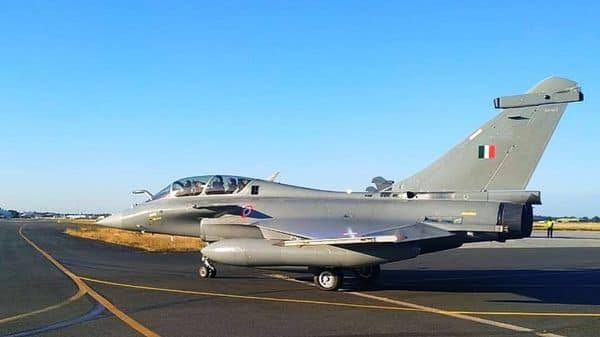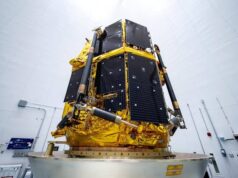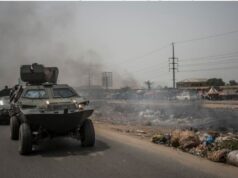Rafale’s Make-In-India to boost fire power of IAF

Dassault Aviation SA is in the process of acquiring land near Jewar International Airport for a maintenance, repair and overhaul (MRO) facility for India’s Mirage-2000 and Rafale fighters
Indian Air Force needs to be provided with 45 fighter Squadrons by 2030 and 54 Squadrons by 2035. Presently IAF has just 3 Squadrons (15 x Sukhoi, 6 x Jaguars, 3 x MiG29, 2 x Mirage 2000, 2 x Rafale and 2 x Tejas). The two bison Squadrons are not being counted.
As per plans there is likely to be a fourth MiG29 Squadron and a third Mirage 2000s Squadron from different sources. With deft planning we can have up to 7 Squadrons of Tejas MK1 A and two Squadrons of Tejas Mk2 by 2030.
There will still be deficiency of 4 Squadrons. These are likely to be made by going in for more Rafales through make in India of around 126 fighters.
It is believed that French Aviation major Dassault Aviation SA is in the process of acquiring land near Jewar International Airport for a maintenance, repair and overhaul (MRO) facility for India’s Mirage-2000 and Rafale fighters (including naval ones), setting the stage for the local manufacturing of latest versions of Rafale fighters in the country to meet the Indian Air Force’s long-pending requirement of around 126 twin-engine multi-role fighters that will be needed over the next two decades.
Though there is political ferment in France – the French far-right front National Rally won the first round of voting for the National Assembly, with 33% of the votes, ahead of the ruling coalition’s 20% – the Emmanuel Macron government and Dassault have offered in writing to manufacture Rafale fighters in India under the “Make in India” with locally sourced components to meet IAF’s requirements. Even engine maker Safran SA is setting up a MRO facility to handle Rafale fighter engines (if numbers are enough) at Hyderabad adjacent to the company’s LEAP engine facility for civilian aircraft, which will be ready by 2025. Safran has conveyed that along with Rafale order for IAF, it is willing to manufacture the M-88 engines in India.
HAL’s required 12 x TEJAS MK-2 squadrons with GE-414 engines/ Kaveri engines will be ready only by 2035. Since AMCA too will start entering service in numbers only around 2035, it will be the Rafale fighter which will meet India’s medium range requirements. Make in India will also allow India to export the same fighters to third countries. Dassault has already started sourcing titanium parts from companies in India for manufacture of Rafale fighters and plans to add more local vendors to the supply chain list.
The manufacture of Rafale fighters in India is a win-win for both India and France as Dassault already has some 300 fighter orders in hand from Croatia, Greece, Serbia, Egypt, Qatar, UAE and Indonesia and has no capacity to manufacture extra jets solely for India. The company is also in talks with Saudi Arabia for supply of fighters and the French Air Force has asked it for 42 more Rafales.
IAF is already operating 36 Rafale fighters with Hammer and SCALP missiles with the Indian Navy currently involved in price negotiations for 26 Maritime Strike Rafales for the INS Vikrant aircraft carrier. India already has base maintenance depots, repairs, training and simulators for Rafales at its Ambala air base.
Given the gestation period for fighters and engines is over decades, the Modi government has also taken reassurance from France’s stable licensing policy which will ensure there is no hiccups. France has been supplying aircraft to India since the Toofani fighter in 1953.
Safran is also ready for a joint venture with an Indian company for manufacture of engines for Indian Multi-Role Helicopters (IMRH) so that India does not have to look for a third country for urgent supplies.
With the China in an aggressive mood on the land and sea with India and equipped with its own modern J-20 fighters, the Indian Air Force needs to be bolstered too. China has developed the WS-15 engine, reverse engineering it from the Russian AL-31, and is rapidly expanding its force levels on land, air and sea.




